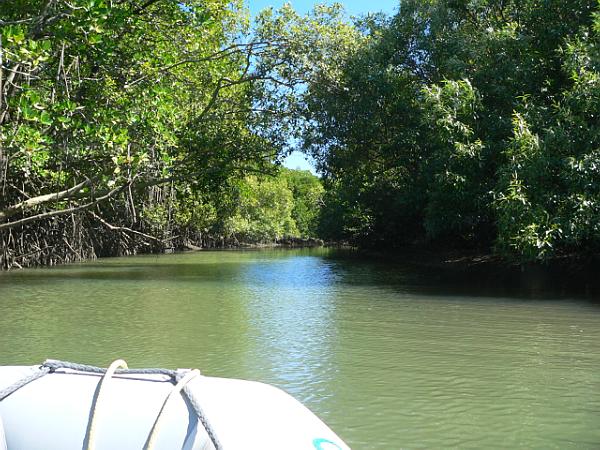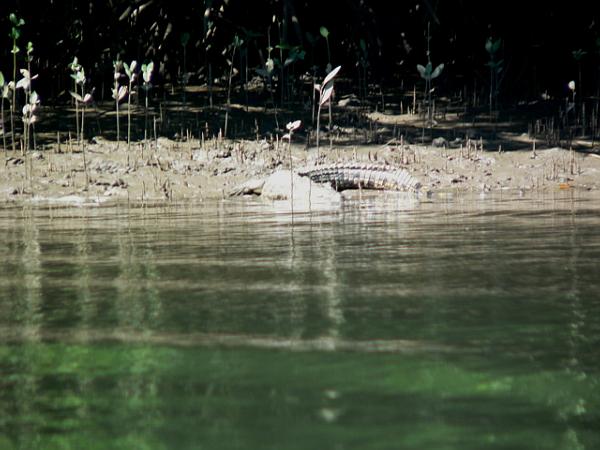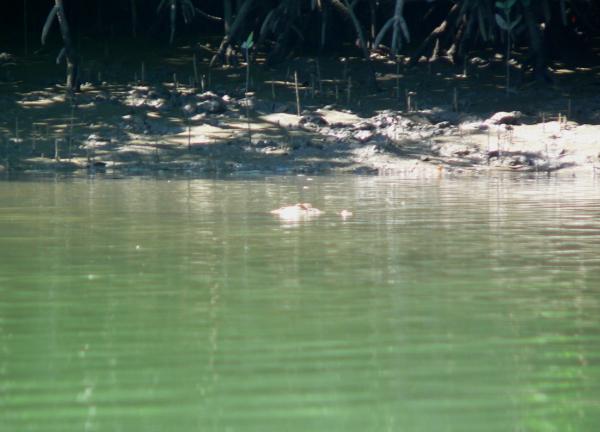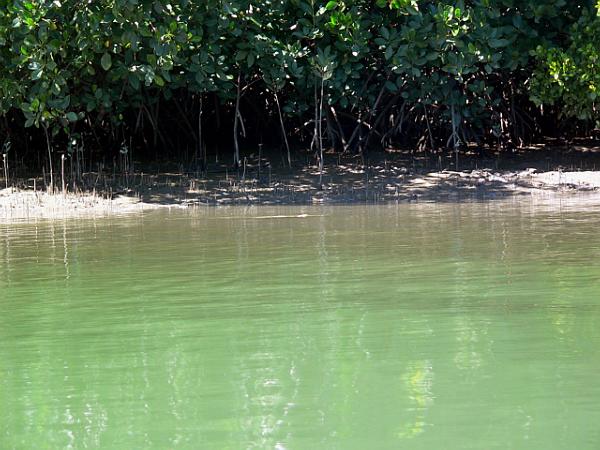Published in the Ocean Watch column, Honolulu Star-Advertiser © Susan Scott
July 20, 2007
Over the last year, I’ve visited dozens of saltwater crocodiles in several Australian wildlife parks.
The facilities’ accounts of crocodile biology were informative, as were their details about conservation. Never, however, did a sign or pamphlet answer my one big question: How dangerous are these animals, really?
Several Australian physicians and wildlife managers wondered the same, and in 2005 published a comprehensive paper about crocodile attacks.
The journal article reports that from 1971 through 2004, crocodiles attacked 62 people in Australia. Forty-five (73 percent) of those survived.
All attacks came from salties, meaning the saltwater species. Freshwater crocodiles in Australia are harmless unless provoked.
Salties, however, sometimes attack unprovoked for several reasons. A major one is that both males and females are highly territorial and will defend their space against intruders, animal and human.
Females also vigorously defend their nests. Two attacks occurred when people came too close to mothers’ eggs.
Some attacks are for food. Crocodiles consume mostly fish, but these apex predators eat anything they can catch. The larger the croc, of course, the larger the prey they can manage. Humans are within the size range of full-grown salties, and they have no qualms about eating us.
Sometimes, though, a croc accidentally bites a person when it was aiming for something else. Two people have been attacked while sitting on banks with their dogs.
And finally, like most wild animals, when cornered or startled, crocs sometimes bite in self-defense.
“I’ve seen crocodiles in wildlife parks,” I said to the manager of my marina near Cairns, “but I’d love to see one in the wild.”
“Take your dinghy up the river,” she said. “You’ll see plenty. My husband and son were there recently and saw a huge one.”
“Is it safe?”
“Yes,” she said. “Crocs don’t like motors.”
I loaded up my little rubber dinghy and was soon chugging up a nearby river, scanning the shorelines.

And sure enough, there was a crocodile, about 6 feet long, lying on a muddy bank snoozing in the sun. Its skin was a beautiful checkerboard of soft grays and browns. Thrilled to my toes, I snapped some pictures.

Then a powerboat rushed past, rocking my little boat and splashing the shore. When I recovered, my croc was gone.
The next day I went up another river and saw a second, larger croc, 12 or so feet long. On day three of my crocodile hunt, an even bigger salty slid from the bank to the water and watched me pass, its eyes and nostrils barely above the water’s surface.

Was I in danger? Probably not. Maybe. Oh, I don’t know. I was so excited by the experience, it didn’t occur to me to worry. I did, however, keep my motor running and stayed well inside the boat while shooting pictures.
Some people are so afraid of crocs that reading attack statistics simply confirms their belief: The number of incidents is too high to risk close encounters.
I, however, view the croc statistics as positive. Attacks are so rare, and avoidable, that seeking these magnificent animals out for the joy of seeing them seems reasonable. Mostly. I think.
Oh, who cares? For me the thrill is worth the risk.
